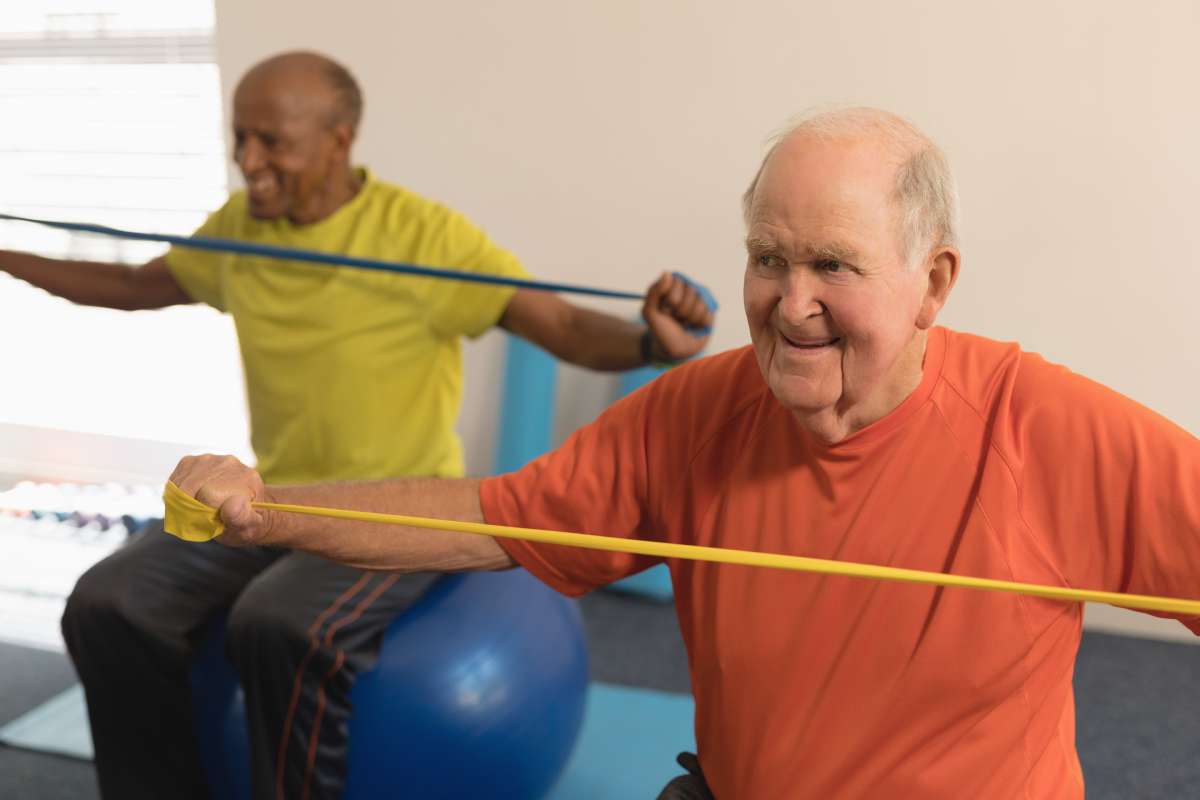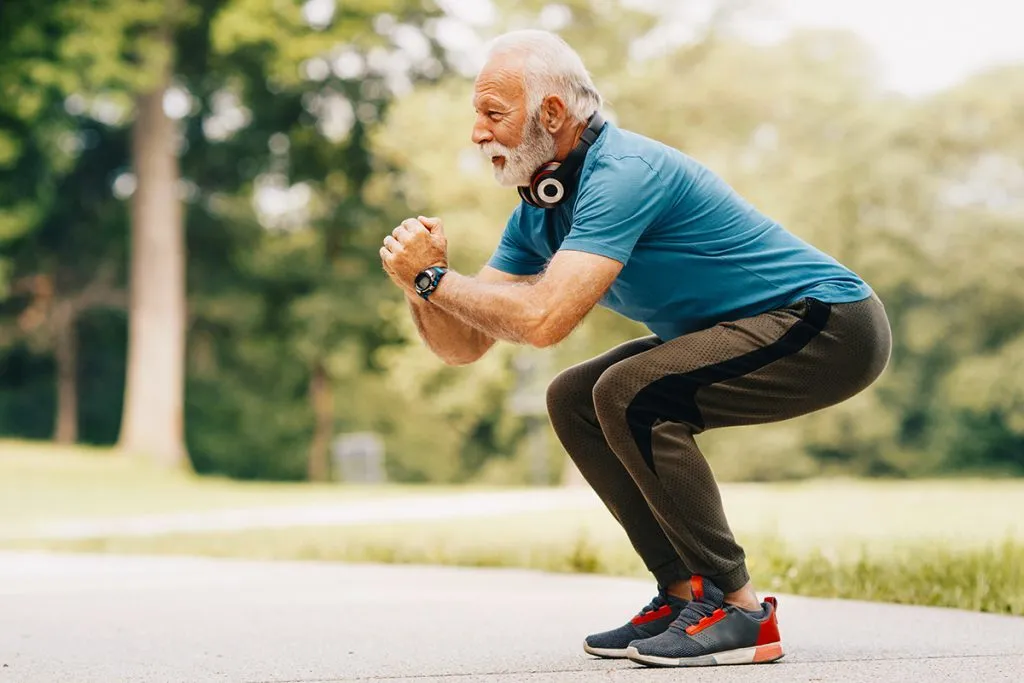
Stronger Joints with Elastic Band Training for Seniors
As we age, preserving strength, balance, and mobility becomes essential for maintaining independence and quality of life. Resistance band training offers a safe and effective way for seniors to support joint health, build muscle, and reduce the risk of falls or injury.
Elastic bands provide tension that challenges the muscles without placing excessive load on the joints. Unlike traditional weights, bands offer variable resistance throughout each movement, which activates stabilizing muscles and protects the connective tissues. This makes them ideal for older adults who want to improve function without unnecessary strain.
Studies show that regular resistance training with bands improves muscular strength, joint stability, and physical performance in older populations (Sousa and Sampaio 2005). It also supports blood flow to the joints and surrounding tissue, which can reduce stiffness and inflammation over time.
Why Elastic Bands Work for Aging Bodies
The simplicity of resistance bands is one of their greatest strengths. They are lightweight, inexpensive, and easy to use at home or in group settings. More importantly, they support the movement patterns that aging bodies need in everyday life, such as standing up from a chair, reaching overhead, or bending down to pick something up.
Elastic resistance activates both primary and stabilizing muscles. This not only helps build strength but also supports proprioception, or body awareness, which tends to decline with age. Proprioceptive training reduces fall risk by improving balance and coordination (Granacher et al. 2011).
The dynamic tension created by bands also increases synovial fluid movement within joints. This promotes cartilage nourishment and may help reduce joint stiffness, particularly in the knees, shoulders, and hips.

What Happens When Seniors Use Resistance Bands Regularly
Improved Joint Function
Bands support range of motion while gently strengthening the muscles that surround joints. This helps the joints remain stable and reduces the likelihood of injury from everyday movements.
Better Balance and Coordination
Exercises that challenge posture and core stability increase control over movement, especially during transitions like sitting and standing. This builds confidence and mobility.
Stronger Muscles with Less Strain
Resistance bands allow for controlled strength training without the heavy impact that free weights or machines may cause. They are especially beneficial for older adults with arthritis or past injuries.
Greater Independence
Improved strength and function directly translate into better ability to perform daily tasks. This supports long-term independence and reduces reliance on external support or assistive devices.
How to Begin Elastic Band Training Safely
Start with Low Resistance
Choose a light band to begin with. Focus on mastering proper form before increasing intensity. Most seniors benefit from yellow or green bands in standard color-coded sets.
Incorporate Compound Movements
Use exercises that involve multiple joints, such as banded squats, seated rows, or standing chest presses. These mimic daily movements and train full-body coordination.
Train Two to Three Times Per Week
Consistency is more important than intensity. Short, focused sessions two or three times per week are enough to improve strength and joint health.
Listen to Your Body
Mild muscle fatigue is expected, but pain is not. Adjust band tension or range of motion to ensure exercises feel challenging but safe.
The Takeaway
Resistance band training is more than a gentle alternative to weightlifting. For seniors, it is a powerful way to maintain muscle mass, protect joints, and improve functional strength. Regular use helps preserve mobility, reduce stiffness, and promote long-term independence.
Elastic bands meet your body where it is today while helping you stay active and confident for years to come. What may seem like a simple tool is, in reality, a long-term investment in joint health and overall vitality.
References
Granacher U, Gollhofer A, Hortobágyi T, Kressig RW and Muehlbauer T (2011) ‘The importance of trunk muscle strength for balance, functional performance, and fall prevention in seniors: a systematic review’, Sports Medicine, 43(7):627–641. https://doi.org/10.1007/s40279-013-0041-1
Sousa N and Sampaio J (2005) ‘Effects of progressive resistance training on the performance of older adults’, Journal of Aging and Physical Activity, 13(2): 261–273. https://doi.org/10.1123/japa.13.2.261



















